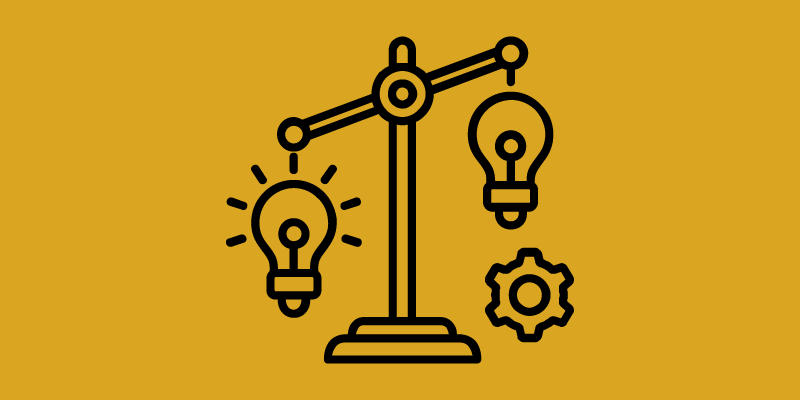The Complexities of Bias in Artificial Intelligence
Artificial Intelligence (AI) has become an integral part of our daily lives, revolutionizing industries, and shaping the way we interact with technology. While this technology holds immense potential for positive impact, it also brings forth a pressing concern: AI bias. The inherent prejudices and discriminatory behavior exhibited by models is known as AI bias. This stems from the biases present in the data used to train the models. In this article, we will discuss AI bias, exploring the sources of bias in AI models and the real-world impact it can have on individuals and communities.
Sources of Bias in AI Models
Training Data Biases
AI models are trained on vast datasets, and these datasets often mirror the biases present in the real world. Historical inequalities, cultural stereotypes, and societal prejudices can be unintentionally encoded into the data.
For example, a hiring AI model trained on historical hiring data may perpetuate gender or racial biases, leading to the underrepresentation of certain groups in the workforce.
Algorithmic Biases
The design and decision-making mechanisms of AI algorithms can introduce bias. Algorithms optimized for efficiency or cost-effectiveness may inadvertently overlook certain groups or prioritize majority populations.
For instance, an AI-driven loan approval system may favor applicants from affluent neighborhoods, potentially discriminating against those from underprivileged areas.
Human Bias
Human bias during the development and evaluation of AI models can propagate into the final product. Biased judgments by data annotators, researchers, or developers can influence the model’s learning process.
For instance, biased interpretations of ambiguous data points may lead to skewed training signals and impact the model’s decision-making.
The Impact of Biased AI in Real-world Scenarios
Discrimination
Biased AI models can perpetuate discrimination, resulting in unfair treatment and decision-making. This can have serious consequences in critical areas such as employment, lending, criminal justice, and access to healthcare.
For example, an AI-driven criminal risk assessment system may unfairly label individuals from certain demographics as high-risk, leading to disproportionate sentencing.
Inequitable Services
AI systems that perpetuate biases can provide inequitable services, impacting marginalized communities disproportionately. This can exacerbate existing social inequalities and lead to further marginalization.
For instance, a biased AI-powered educational recommendation system may steer students from underprivileged backgrounds away from advanced courses, limiting their educational opportunities.
Lack of Diversity
Biased AI models may struggle to cater to diverse user populations, leading to exclusionary practices and limited representation.
For example, facial recognition systems trained primarily on a specific demographic may struggle to accurately identify individuals from diverse racial backgrounds, leading to potential misidentification or exclusion.
Mitigating Bias Requires Data Diversity and Transparency
AI bias is a complex and multifaceted issue that demands careful consideration and proactive measures. Understanding the sources of bias in AI models and recognizing its real-world impact is crucial for building responsible and equitable AI systems.
To mitigate AI bias, it is essential to prioritize data diversity, transparently evaluate AI models for biases, and involve diverse stakeholders in the development process. Ethical considerations, interdisciplinary collaboration, and ongoing evaluation are vital in shaping solutions that empowers and benefits all.
As AI continues to advance and permeate various aspects of our lives, addressing bias and promoting fairness in development is of paramount importance. By fostering a culture of responsibility and ethical AI practices, we can harness the potential of AI to drive positive change and create a more equitable and inclusive future for all.
